The vast and audacious architecture of London's greatest theatres
Roger Bowdler takes a look at 'London’s Great Theatres', a new book by Simon Callow with photography from Derry Moore.
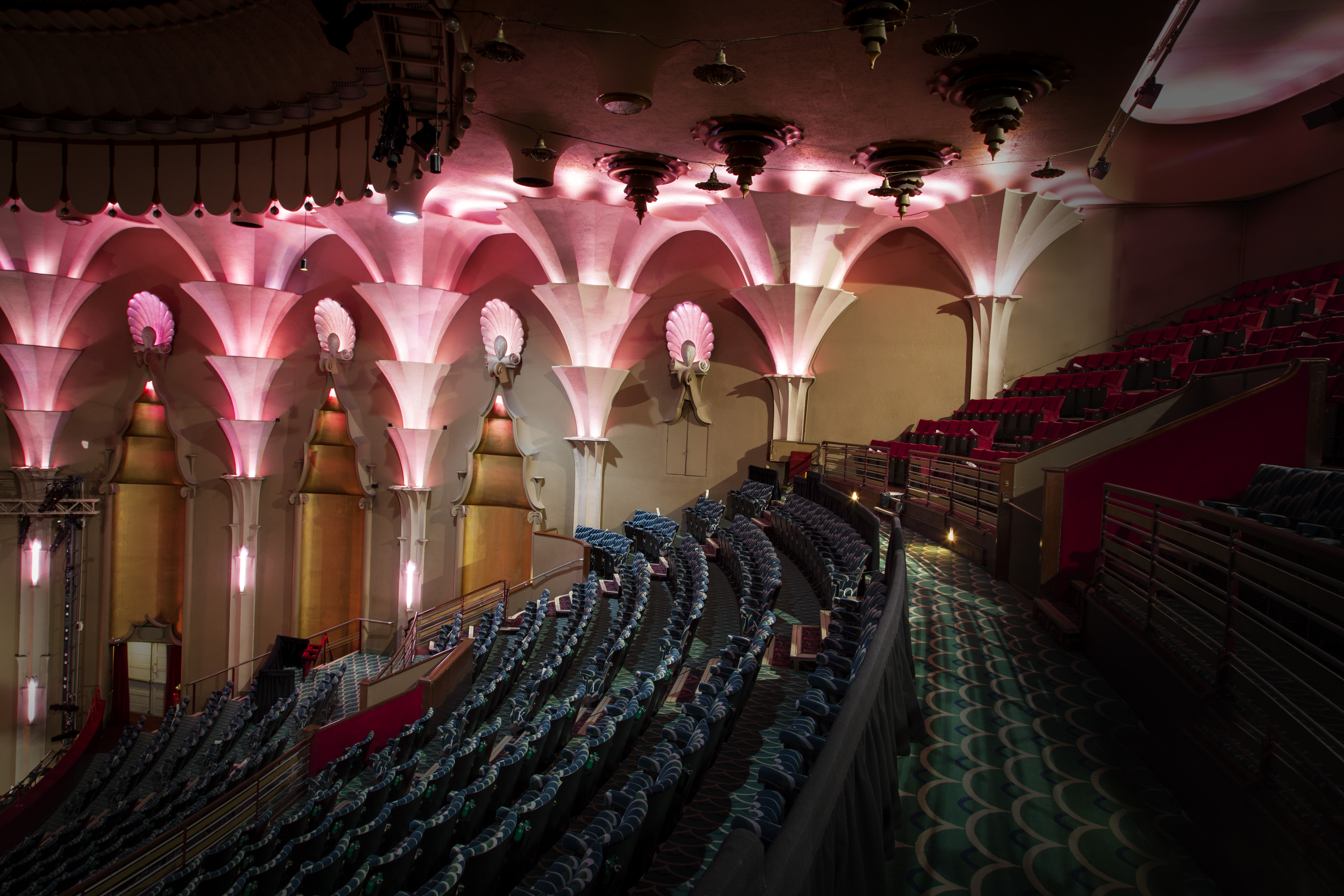

It must be such fun going to the theatre with Simon Callow. He is entranced by the history of the London stage and has a sharp eye for its setting. Reading this handsome book is guaranteed to enrich any West End outing.
Theatres are audacious buildings. They are vast, complicated and tricky to design. They have to cope with droves of people dashing for the bar or for the exit; they have to be fireproof; they have to sound right and entice the audiences back over and over again (not to mention the small matter of actually staging plays). Great theatres entrance: their decoration entices and the gilded muses, gods, nymphs and legends that enrich them are all part of the spell.
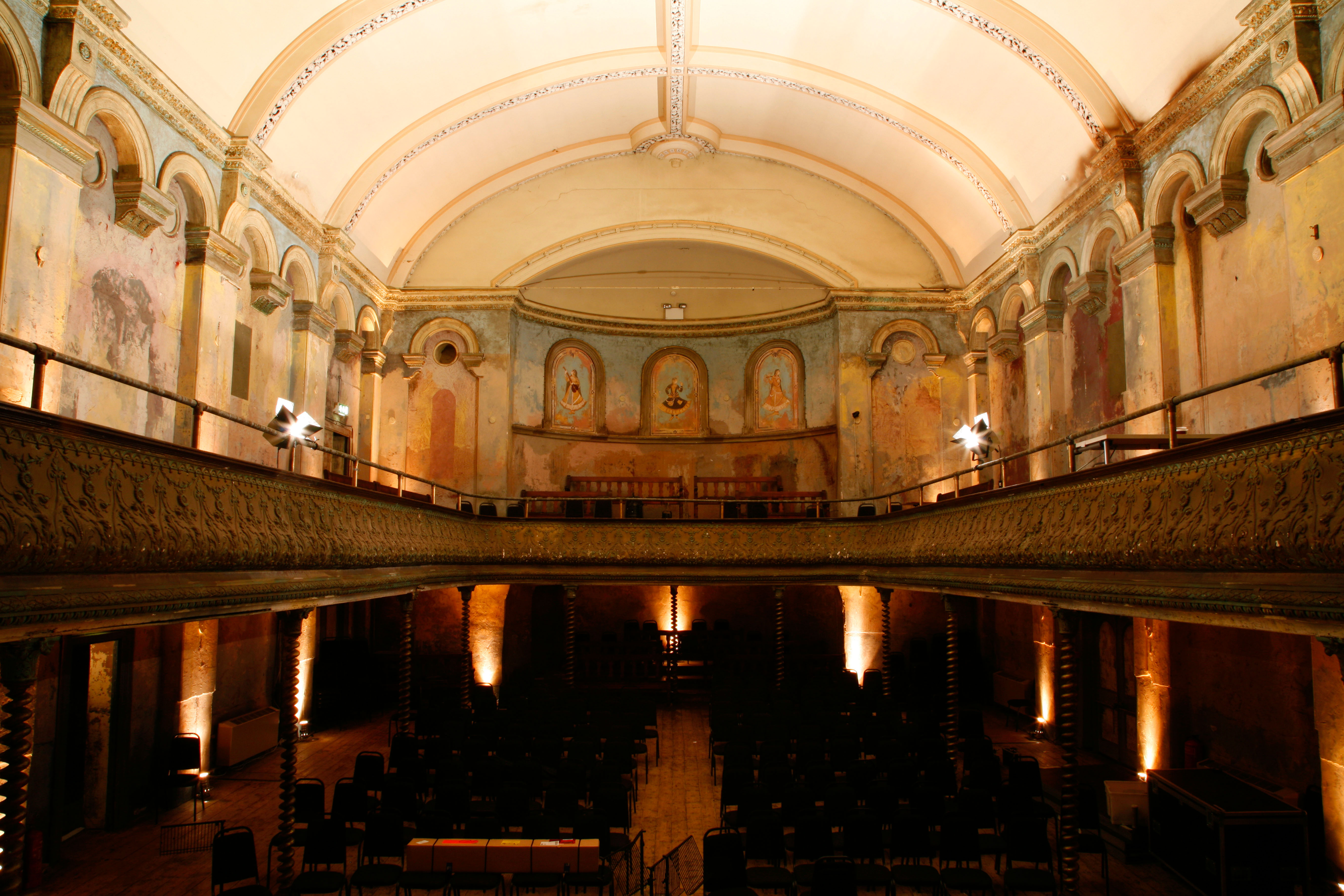
Mr Callow tells the story of 27 of the finest, ranging from the neo-Classical majesty of the Theatre Royal, Drury Lane, to the 1970s concrete of the (Royal) National Theatre, for which he has a hesitant admiration.
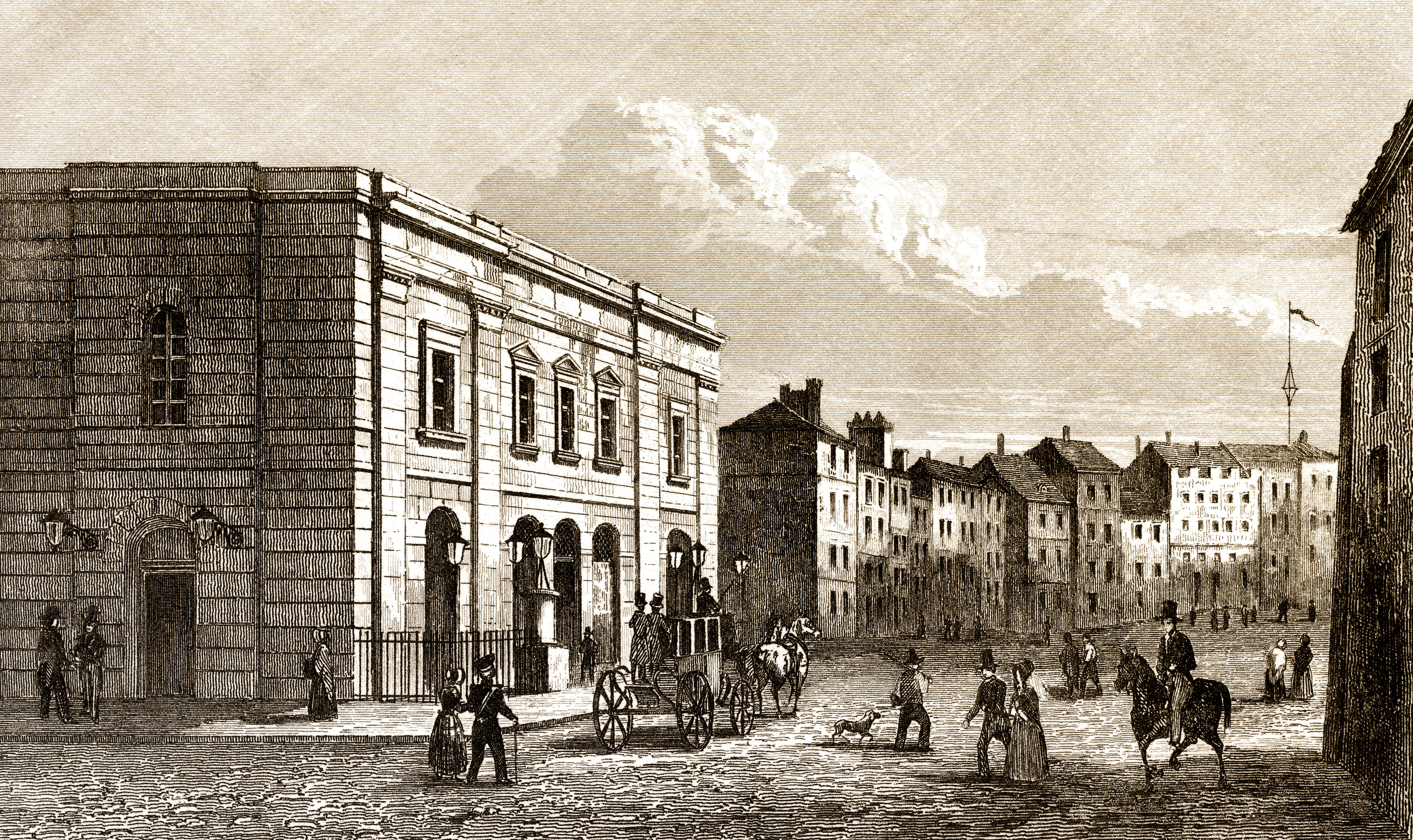
The theatres’ intricate histories are told with great aplomb by Mr Callow, an established author, as well as a celebrated actor. Acting and architecture are cleverly entwined. This is a people-led history: Laurence Olivier, marginalised in the creation of the National Theatre, ‘lashed out on all sides, like Richard III at bay’.
Derry Moore’s photographs are beguiling. He captures the silent splendour of theatre interiors and records the abstract beauty of a bank of seats, or the lighting effects that contribute so much of their glamour. The Savoy Theatre, revamped in 1929 by Basil Ionides, comes out particularly well in these images; so, too, does Wilton’s Music Hall, an outlier in the East End that exults in shabby splendour.
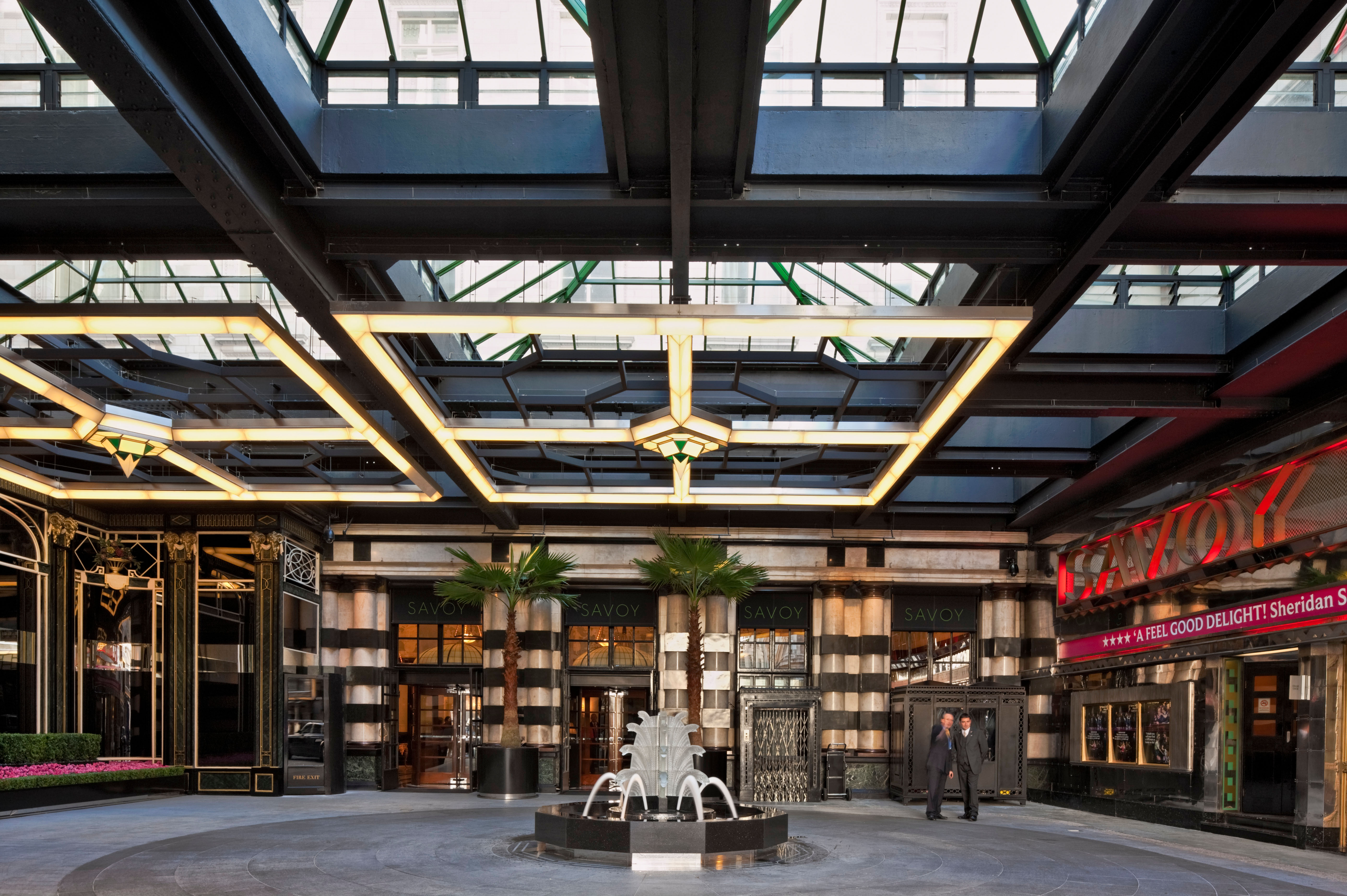
One happy theme that comes across repeatedly is how preserving these historic places has made good business sense. So much originally depended on the impresarios who risked all in rebuilding their premises. The new heroes are Nica Burns, Cameron Mackintosh and Andrew Lloyd Webber, who now invest hugely in these highly successful old buildings. And what wonderful buildings they are.
London’s Great Theatres, Simon Callow and Derry Moore (Prestel, £29.99)
Sign up for the Country Life Newsletter
Exquisite houses, the beauty of Nature, and how to get the most from your life, straight to your inbox.
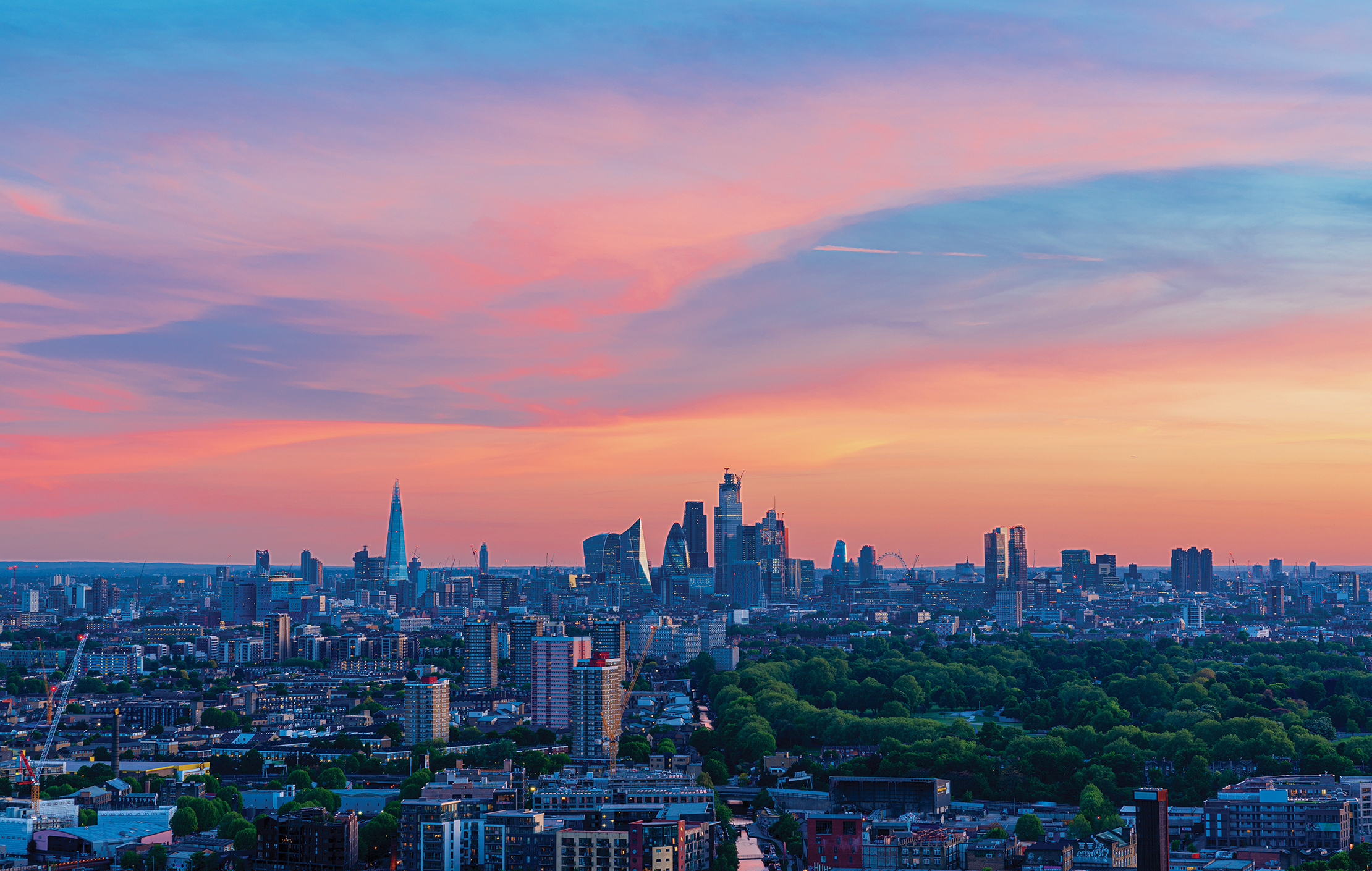
Credit: Getty Images
Where to buy in London right now, from 'hidden gem' conservation areas to the capital's best up-and-coming areas
There’s more to London than prime central — nine zones more, in fact. Eleanor Doughty advises on where in the

Jason Goodwin: 'The flock widened and contracted, filling the whole sky with motion: expansive, pure theatre'
Our spectator columnist comments on the end of summer, as murmurations of wheeling and diving birds herald the beginning of
Country Life is unlike any other magazine: the only glossy weekly on the newsstand and the only magazine that has been guest-edited by HRH The King not once, but twice. It is a celebration of modern rural life and all its diverse joys and pleasures — that was first published in Queen Victoria's Diamond Jubilee year. Our eclectic mixture of witty and informative content — from the most up-to-date property news and commentary and a coveted glimpse inside some of the UK's best houses and gardens, to gardening, the arts and interior design, written by experts in their field — still cannot be found in print or online, anywhere else.
-
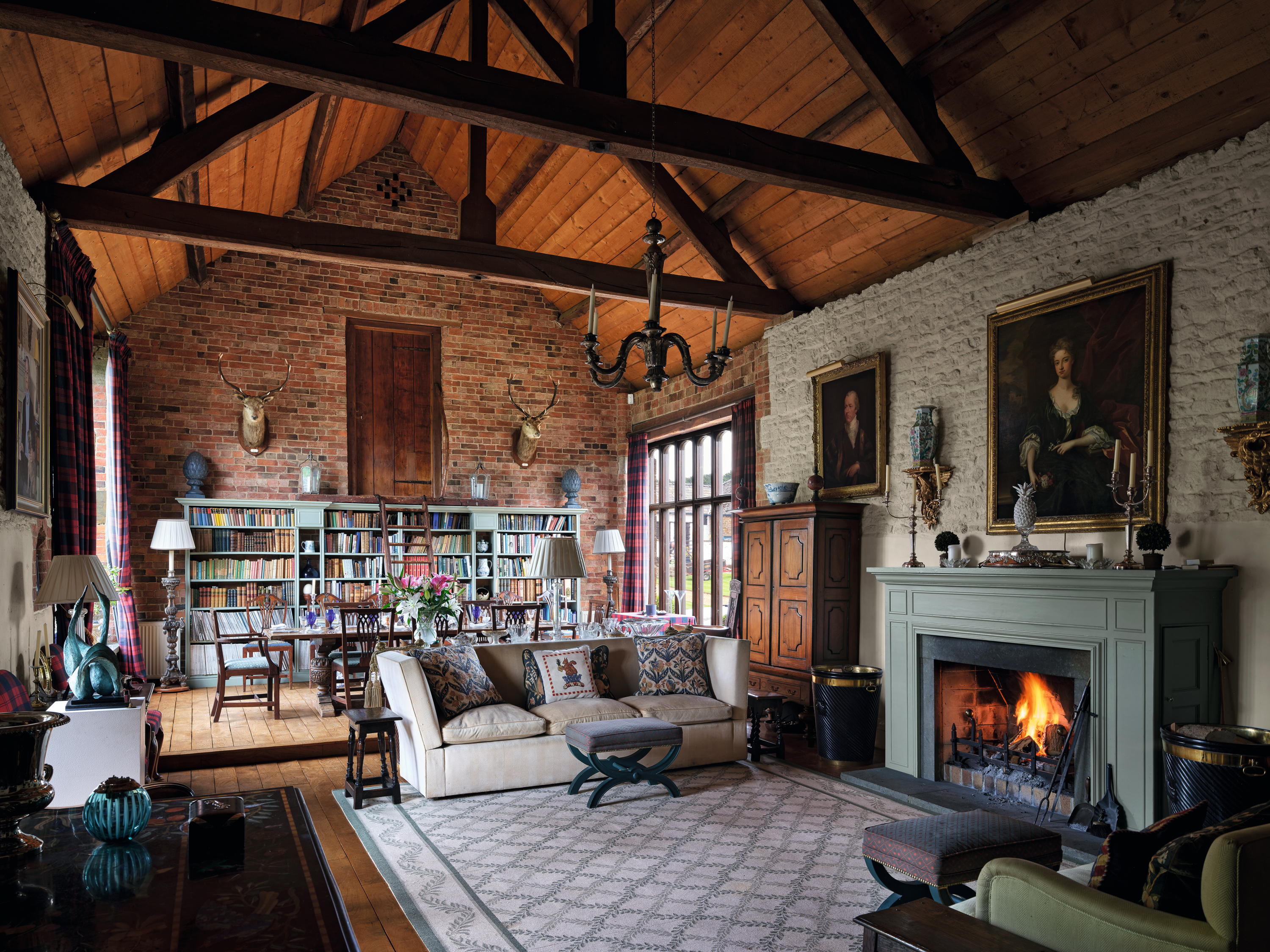 High Wardington House: A warm, characterful home that shows just what can be achieved with thought, invention and humour
High Wardington House: A warm, characterful home that shows just what can be achieved with thought, invention and humourAt High Wardington House in Oxfordshire — the home of Mr and Mrs Norman Hudson — a pre-eminent country house adviser has created a home from a 300-year-old farmhouse and farmyard. Jeremy Musson explains; photography by Will Pryce for Country Life.
By Jeremy Musson Published
-
 Under the hammer: A pair of Van Cleef & Arpels earrings with an intriguing connection to Princess Grace of Monaco
Under the hammer: A pair of Van Cleef & Arpels earrings with an intriguing connection to Princess Grace of MonacoA pair of platinum, pearl and diamond earrings of the same design, maker and period as those commissioned for Grace Kelly’s wedding head to auction.
By Rosie Paterson Published
-
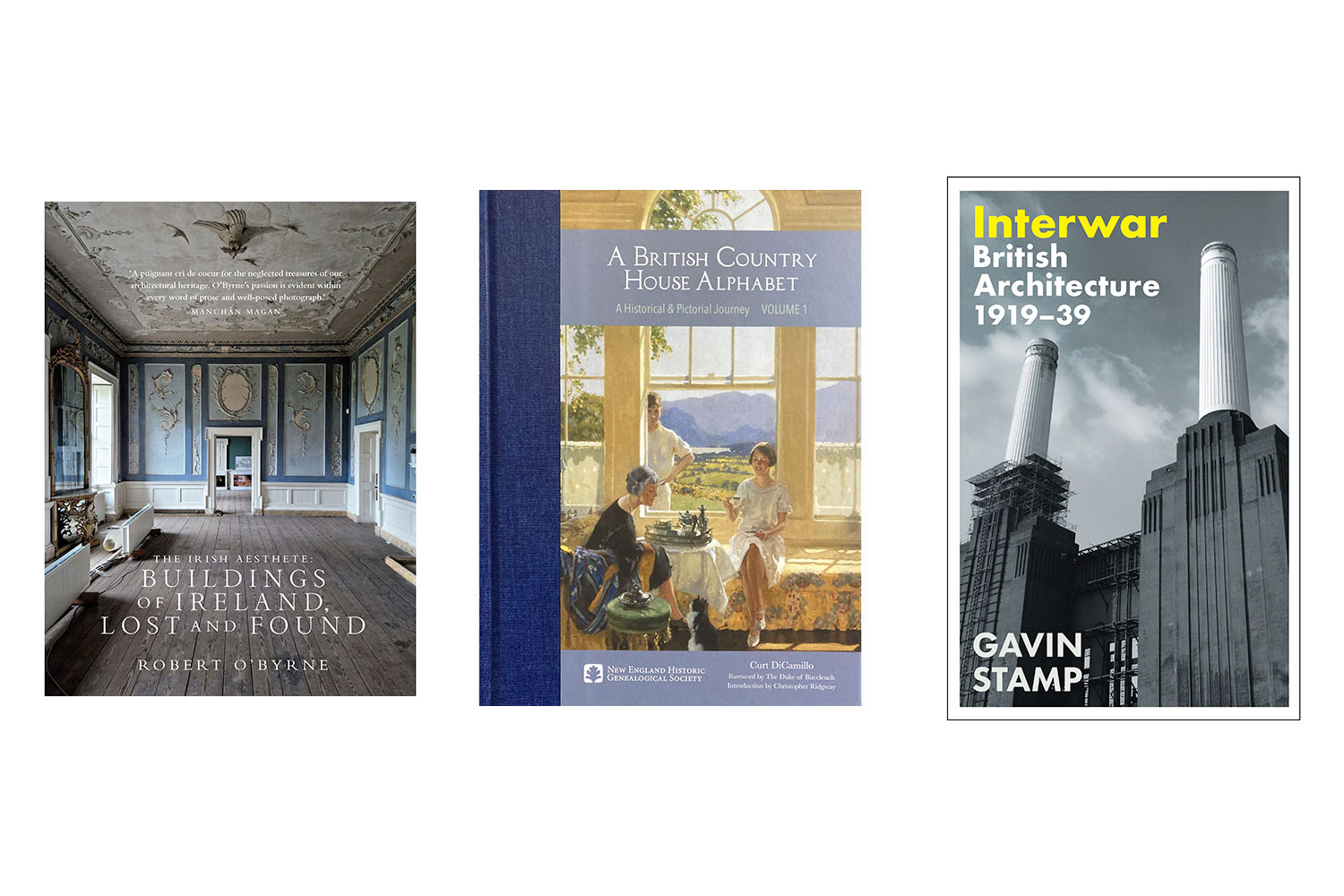 The 12 architecture books you should read in 2025, by our architectural editor John Goodall
The 12 architecture books you should read in 2025, by our architectural editor John GoodallJohn Goodall assembles a shortlist of his favourite architecture books published recently.
By John Goodall Published
-
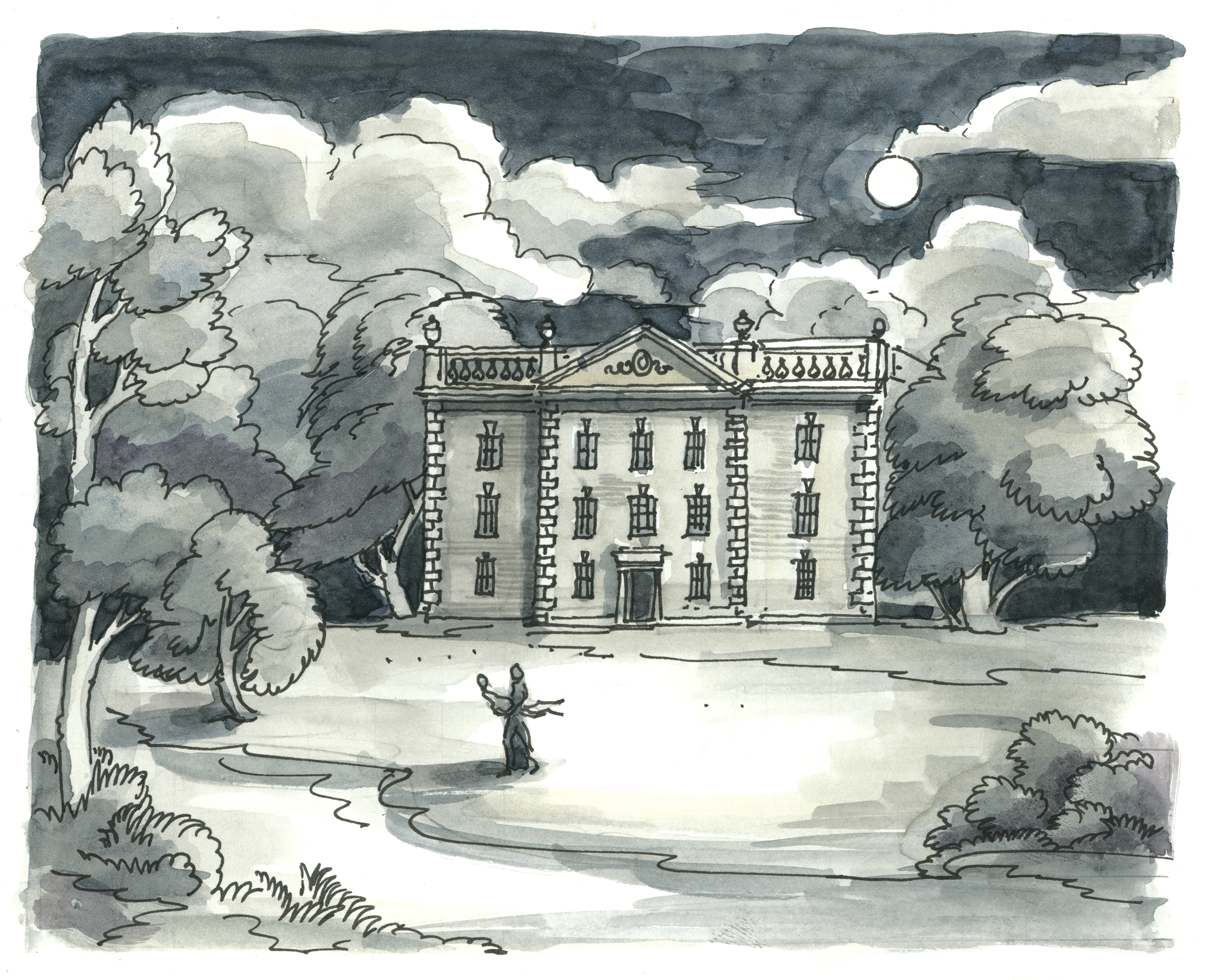 How M.R. James wove country house architecture into his ghost stories
How M.R. James wove country house architecture into his ghost storiesIn his ghost stories, M. R. James had a perceptive eye for architectural detail, as Jeremy Musson explains and Matthew Rice evokes in specially commissioned drawings.
By Jeremy Musson Published
-
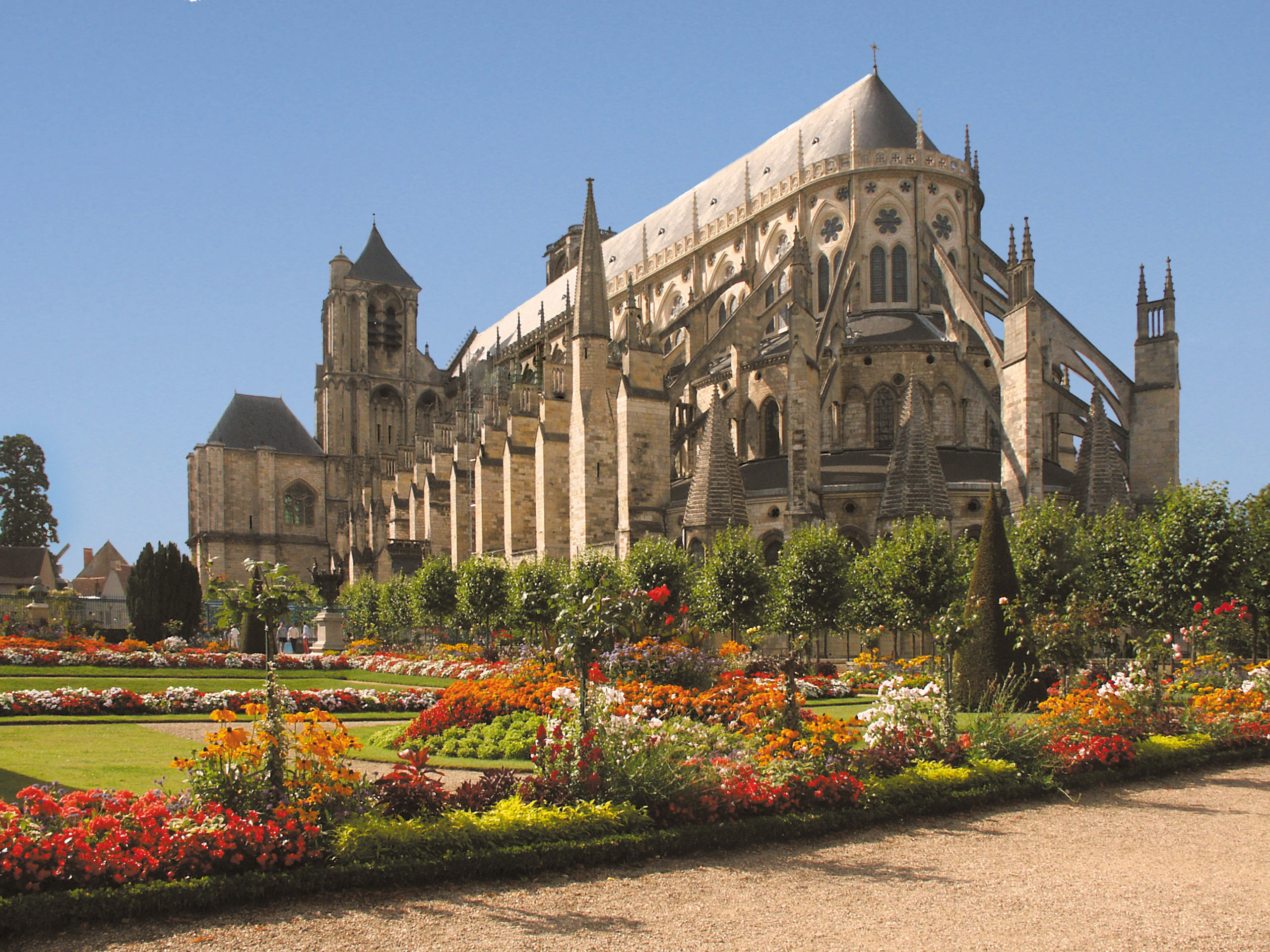 The 100 greatest cathedrals in Europe, as picked by Simon Jenkins
The 100 greatest cathedrals in Europe, as picked by Simon JenkinsSimon Jenkins gives himself a daunting task with his latest book, Europe's 100 Best Cathedrals (Viking, £30), which does no less than attempt to both explain and judge the masterpieces of western civilisation. Clive Aslet took a look and found a tome that will set readers 'afire to go on architectural pilgrimage'.
By Clive Aslet Published
-
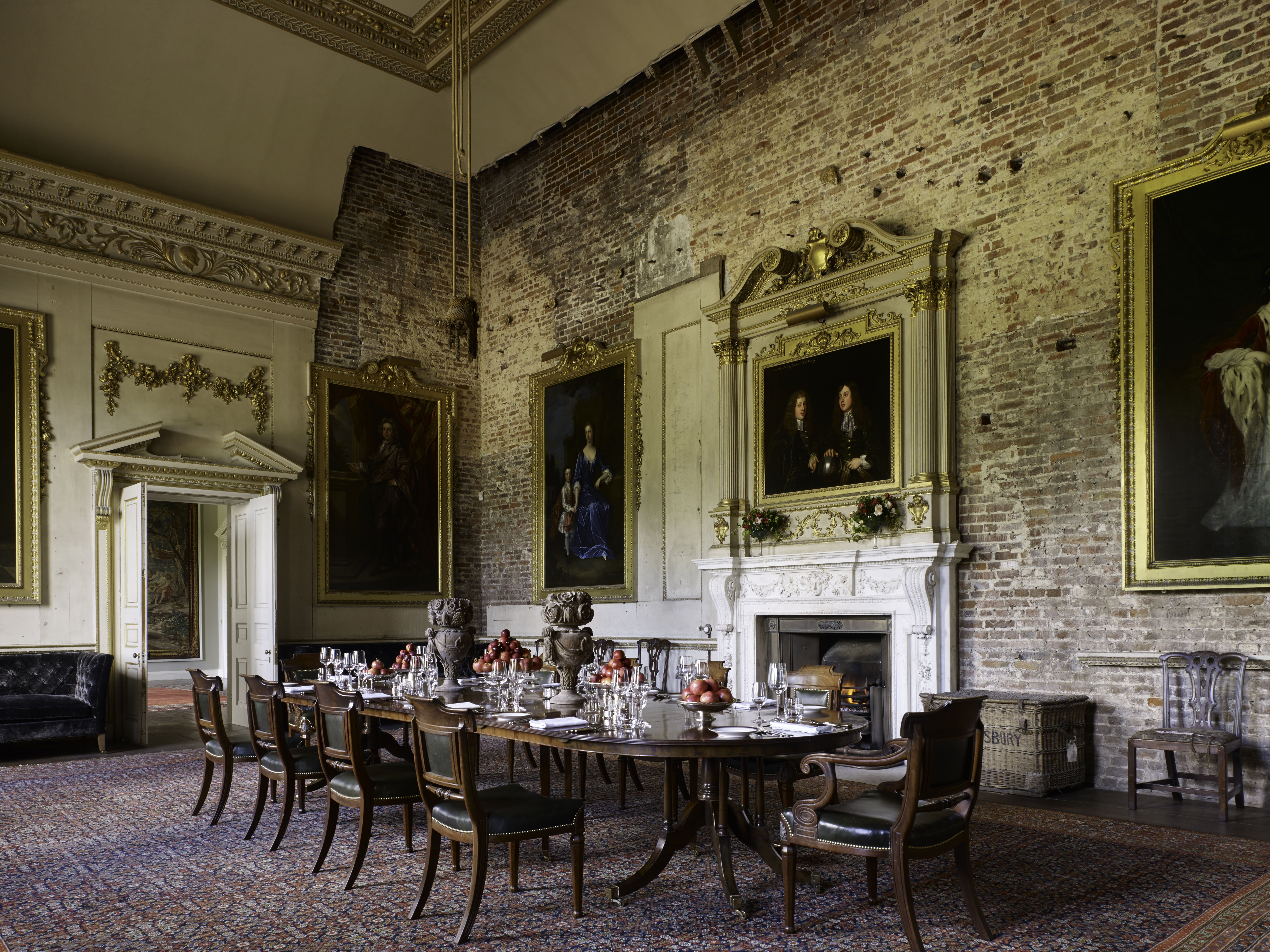 The photographs (and photographers) who shaped the English country house style from the 1900s up to today
The photographs (and photographers) who shaped the English country house style from the 1900s up to todayTo coincide with the publication of his new book illustrated from the archives of Country Life, 'English House Style', John Goodall considers the long tradition of the magazine’s peerless interior photography.
By John Goodall Published
-
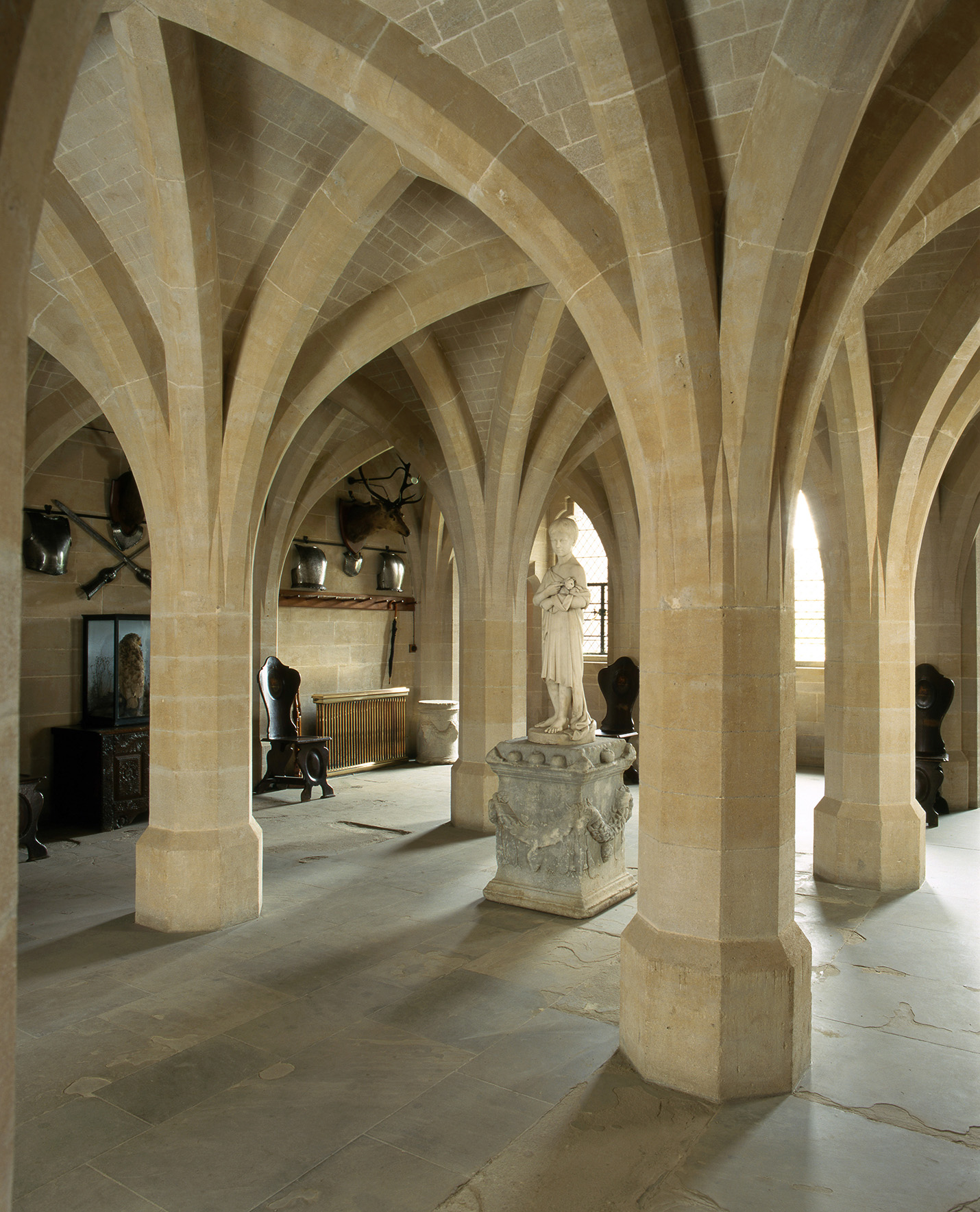 The latest update to Pevsner brings the 21st century update 'tantalisingly close to completion'
The latest update to Pevsner brings the 21st century update 'tantalisingly close to completion'The work of updating Nikolas Pevsner and Ian Nairn's magnum opus on the buildings of England continues with a volume focusing on West Sussex. John Goodall takes a look.
By John Goodall Published
-
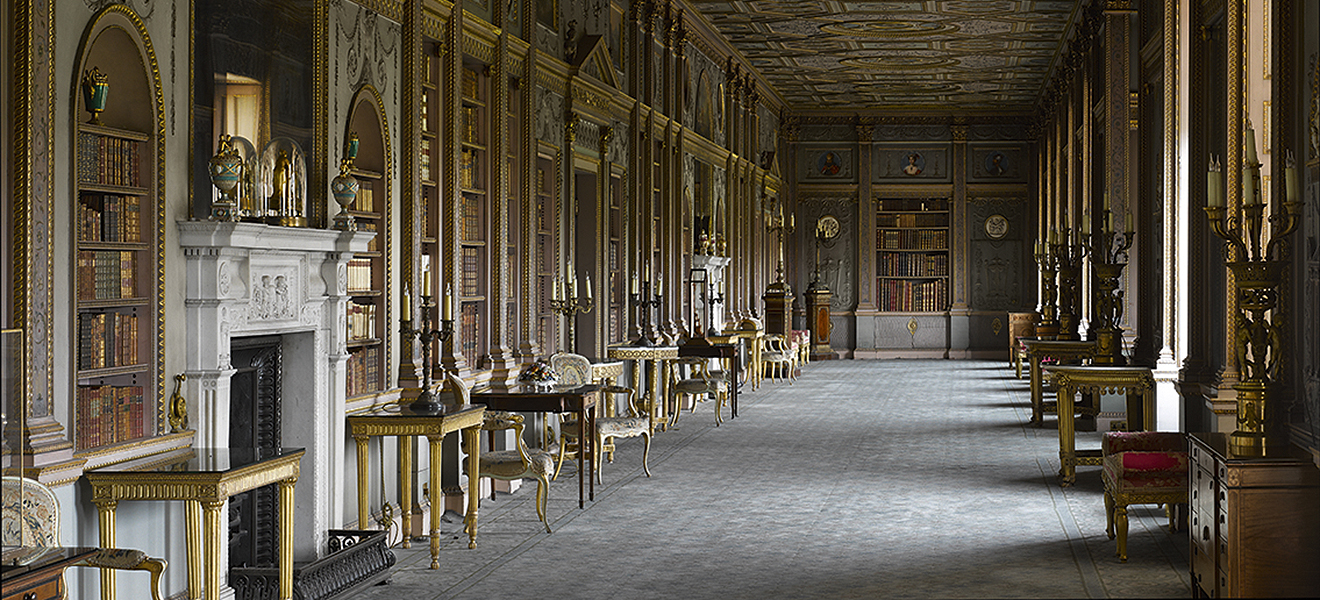 The Country House Library: Why these rooms and their collections need to be taken much more seriously
The Country House Library: Why these rooms and their collections need to be taken much more seriouslyA new account of the country-house library will compel us all to reassess these rooms and their collections, says John Goodall.
By John Goodall Published
-
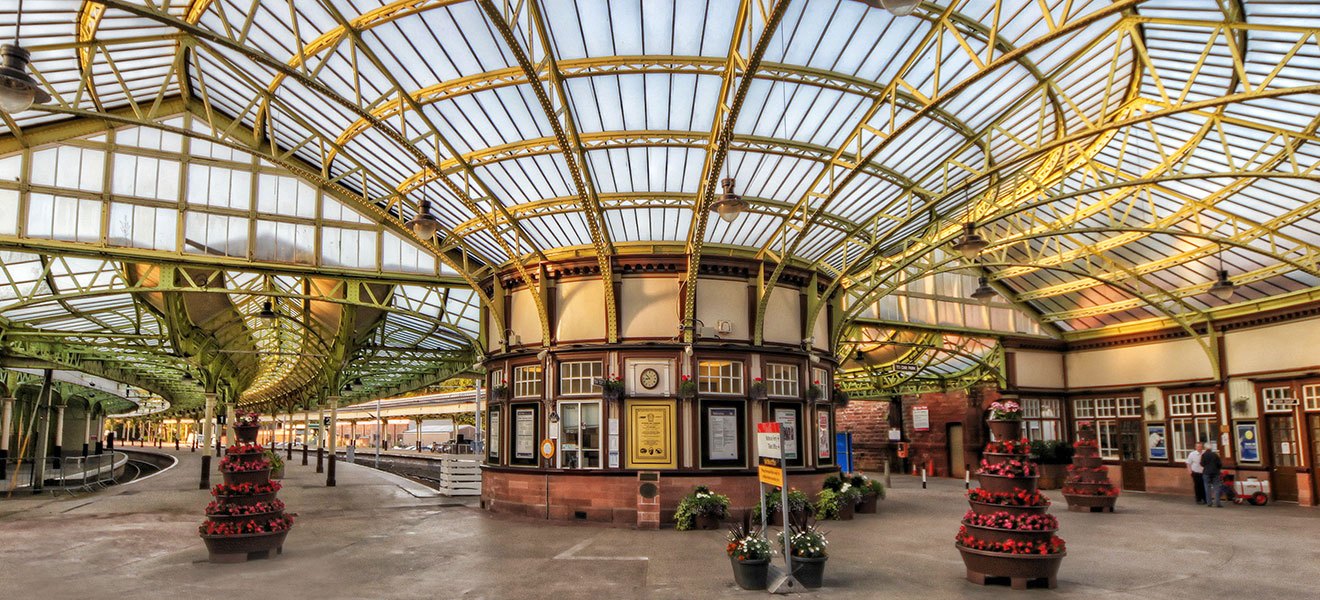 Britain's 100 best Railway Stations: Simon Jenkins on the gateways to our railways
Britain's 100 best Railway Stations: Simon Jenkins on the gateways to our railwaysThe latest book by Simon Jenkins looks at the 100 best railway stations in Britain. Gavin Stamp looks over the tome with his critical eye.
By Gavin Stamp Published
-
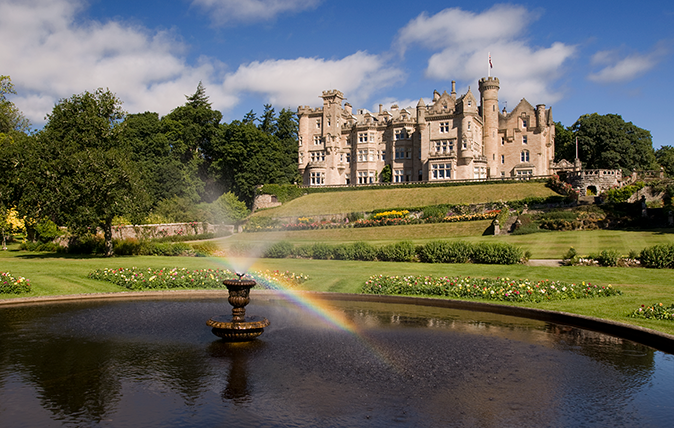 Highland Retreats review: Proof that shooting lodges that aren’t all freezing monstrosities
Highland Retreats review: Proof that shooting lodges that aren’t all freezing monstrositiesA new book by Mary Miers, Country Life's fine arts and books editor, had Adam Nicolson gripped.
By Country Life Published